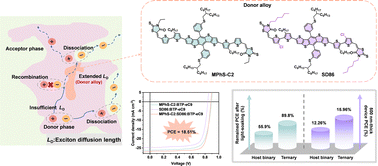Intracellular Magnetic Nanodelivery of H2S and Heat Synergize to Reshape the Tumor Immune Microenvironment
Advanced Healthcare Materials, EarlyView.

A dual-responsive nanoplatform, Zn0.4Fe2.6O4@L-Cys, integrates H2S release with intracellular magnetic hyperthermia to elicit robust anti-tumor immunity. Triggered by lysosomal acidity and an external magnetic field, it induces selective tumor apoptosis, boosts immune activation, and reduces immunosuppressive barriers, offering a promising approach for localized cancer immunotherapy with enhanced precision.
Abstract
Hydrogen sulfide (H2S), a recently identified gasotransmitter, has gained significant attention in cancer therapy due to its regulatory effects on cellular processes. Its clinical application, however, is limited by challenges, such as precise dosage control and eliciting effective immune responses. To overcome these hurdles, a dual-response strategy is devised that integrates H2S therapy with intracellular magnetic hyperthermia (IMH) to synergistically enhance anti-tumor immunity. This approach is centered on the development of Zn0.4Fe2.6O4@L-Cys, a high-performance nanotherm agent that responds to both the acidic lysosomal environment and an exogenous alternating magnetic field. At the tumor site, Zn0.4Fe2.6O4@L-Cys nanoparticles release the H2S donor L-cysteine (L-Cys) in a controlled manner, facilitating localized H2S generation. This dual-response strategy enhances anti-tumor immunity through two key mechanisms: 1) inhibiting catalase expression and accelerating hydroxyl radical production, thereby amplifying IMH-induced immunological effects; and 2) alleviating tumor immunosuppression by reducing myeloid-derived suppressor cell accumulation, promoting immune cell infiltration, and selectively inducing tumor cell apoptosis. Experimental findings demonstrate that this strategy not only strengthens anti-tumor immunity but also improves therapeutic efficacy while minimizing off-target effects. Beyond confirming the synergy between H2S therapy and IMH in hepatocellular carcinoma treatment, these results provide valuable insights for developing integrated tumor treatment approaches.















































































































































